RISING ABOVE THE ELEMENTS:
KEY STRATEGIES FOR A RESILIENT 2025 GROWING SEASON
BY: CARRIE MACLEAN, SALES AGRONOMIST, PRIDE SEEDS
CLICK HERE TO READ FULL ARTICLE

The Power of Partnership:
Click to view our RealAg Corn School videos on YouTube!
___________________________________________________________________
Looking for Agronomic insights from the field?
Check out our latest BLOGS!
Three Key Practices to Tackle Corn Rootworm
Corn rootworm (CRW) has become an increasingly prevalent pest for Ontario and Quebec continuous corn growers. Significant yield losses can occur from CRW larvae, as feeding larvae will clip the corn plant’s roots which causes inhibition of water and nutrient uptake early on, as well as lodging later in season. It is estimated that up to 18% yield loss can be expected per node of roots clipped1.
To help combat the pest, it is encouraged that farmers adopt an integrated approach, utilizing three key management practices.
Rotate to non-host crops.
Introducing a non-host crop into the rotation, such as soybeans, removes the pest’s consistent food source and breeding ground, breaking the life cycle and reducing populations.
CRW adults emerge from the soil and are largely active mid-summer during silking. During this time, adults feed on the corn plant’s pollen, silk and leaves. Adults largely prefer to lay their eggs in corn fields and will travel from field-to-field, feeding on corn and laying eggs in neighboring corn fields. This is why continuous corn cropping systems can be at increased risk. In situations such as this where farmers rely solely on Bt hybrids, and do not incorporate an integrated pest management strategy, resistance may occur.
Select the right traits and hybrids.
Planting hybrids with rootworm defense traits for above and below ground protection are key. Pride Seeds offers options with multiple modes of protection to defend against corn rootworm larvae: including Agrisure Duracade®, SmartStax® and SmartStaxPRO®
To preserve efficacy and prevent resistance, it’s imperative to rotate traits. My suggestion is to start without hybrids containing CRW protection on your first year of corn, and then in year 2-3 in your heavy rootworm infested areas switch to a hybrid containing the SmartStax® or SmartStaxPro® trait later in rotation.
Work with an agronomist.
Working with an agronomist with regards to planting decisions and evaluating success throughout the year is an important piece of the puzzle. Having an agronomist involved in your seed plan for trait rotation and after planting, to scout for rootworm beetles around pollination time and again a couple weeks later is crucial for farmers combating corn rootworm. The insights gained from evaluating what traits and hybrids are performing well contribute to an even better plan for the following year.
For details on all the trait choices available from PRIDE Seeds, visit prideseeds.com.
References:
1 OMAFRA. Corn Rootworm and Bt Resistance in Ontario. http://omafra.gov.on.ca/english/crops/field/news/croptalk/2021/ct-0321a4.htm
FROM PLANTING TO HARVEST: The PRIDE Seeds Partnership Advantage
SUBSCRIBE TODAY FOR LATEST NEWS, AGRONOMIC INSIGHTS AND UPCOMING EVENTS
 |
THE PRIDE SEEDS ADVANTAGE
Farming is one of the most demanding industries in the world, subject to a variety of factors such as time, weather, and global pressures. You know this every time you look out the window and think about the field in front of you. Growers and dealers deserve an advantage: The PRIDE Seed Advantage.
LEARN MORETHE PRIDE SEEDS ADVANTAGE
Every year PRIDE Seeds works hard to produce leading-edge products that enable success where it matters most, on your farm. Our dedicated team strives to provide sales expertise, agronomy support, quality production, and service tailored to meet your needs.
LEARN MORE-2.png?sfvrsn=6404640_1)

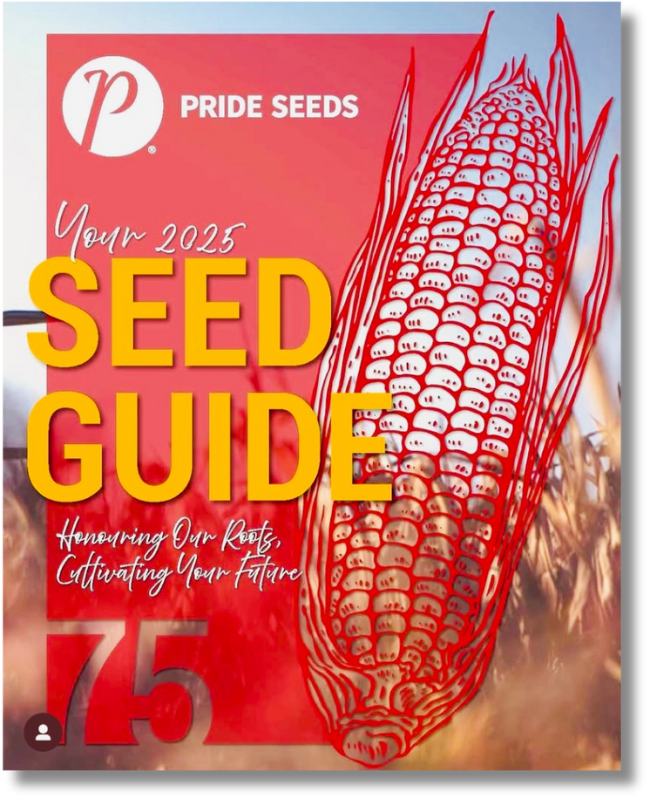
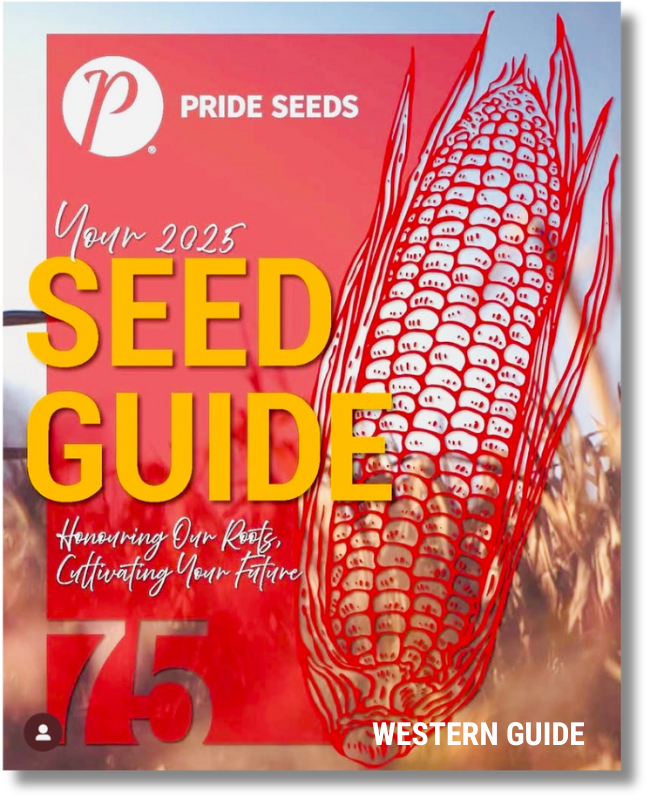
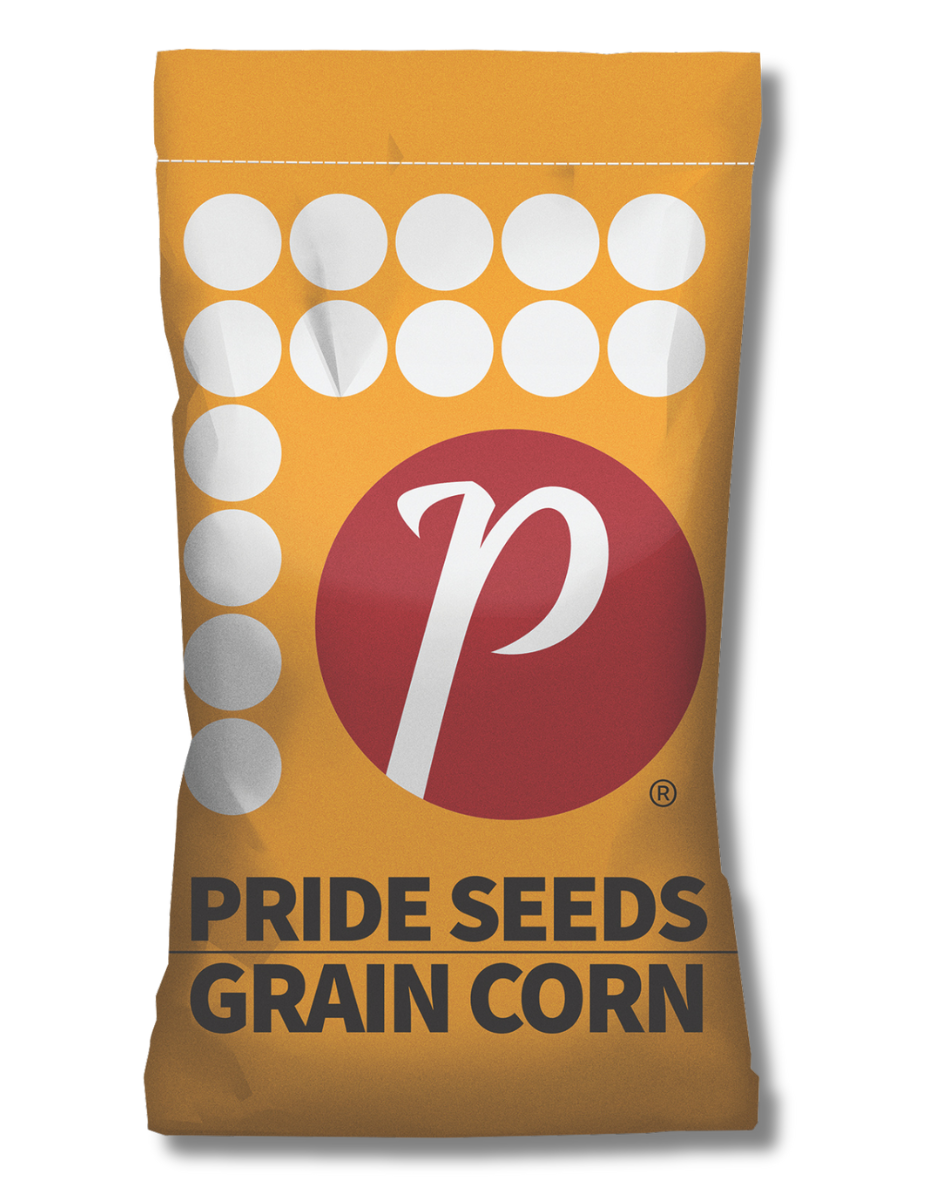
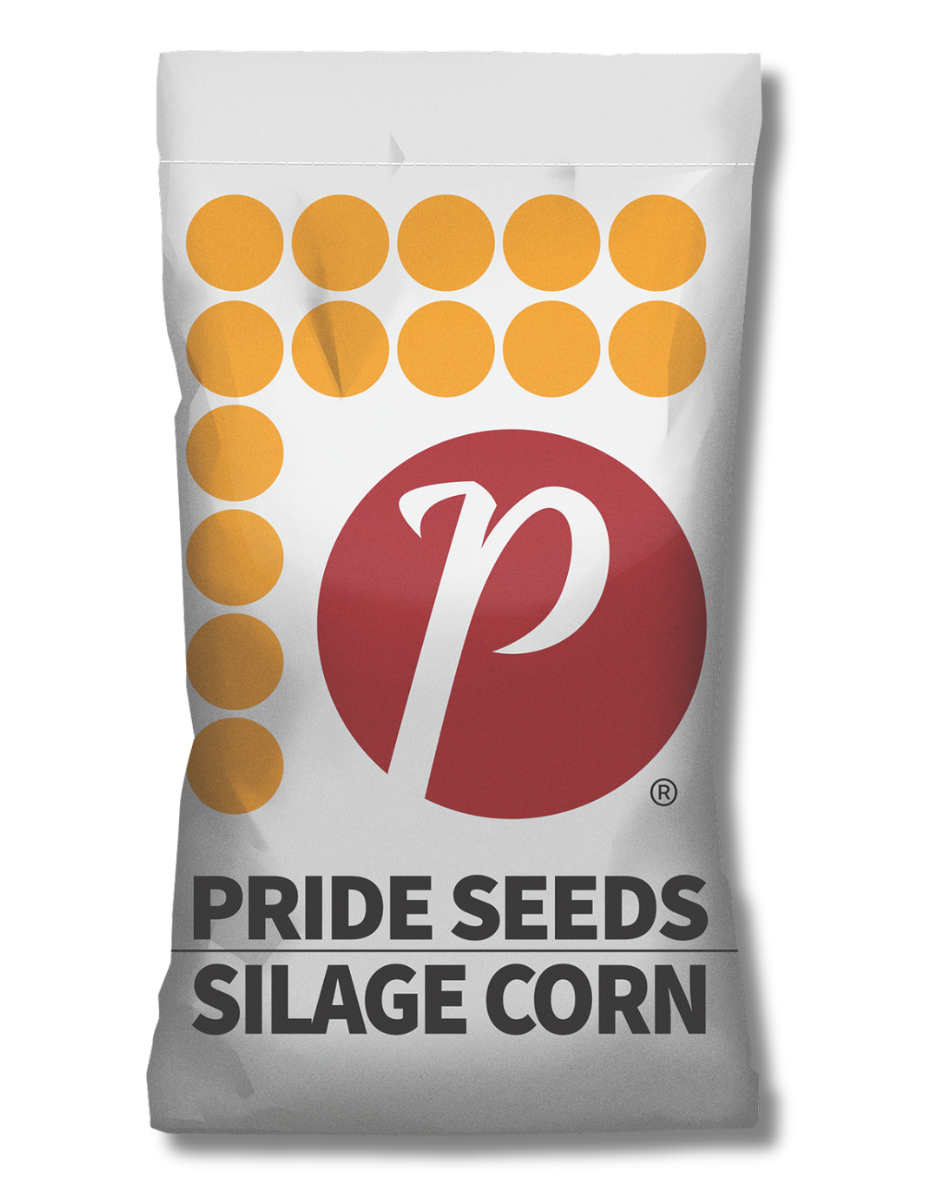
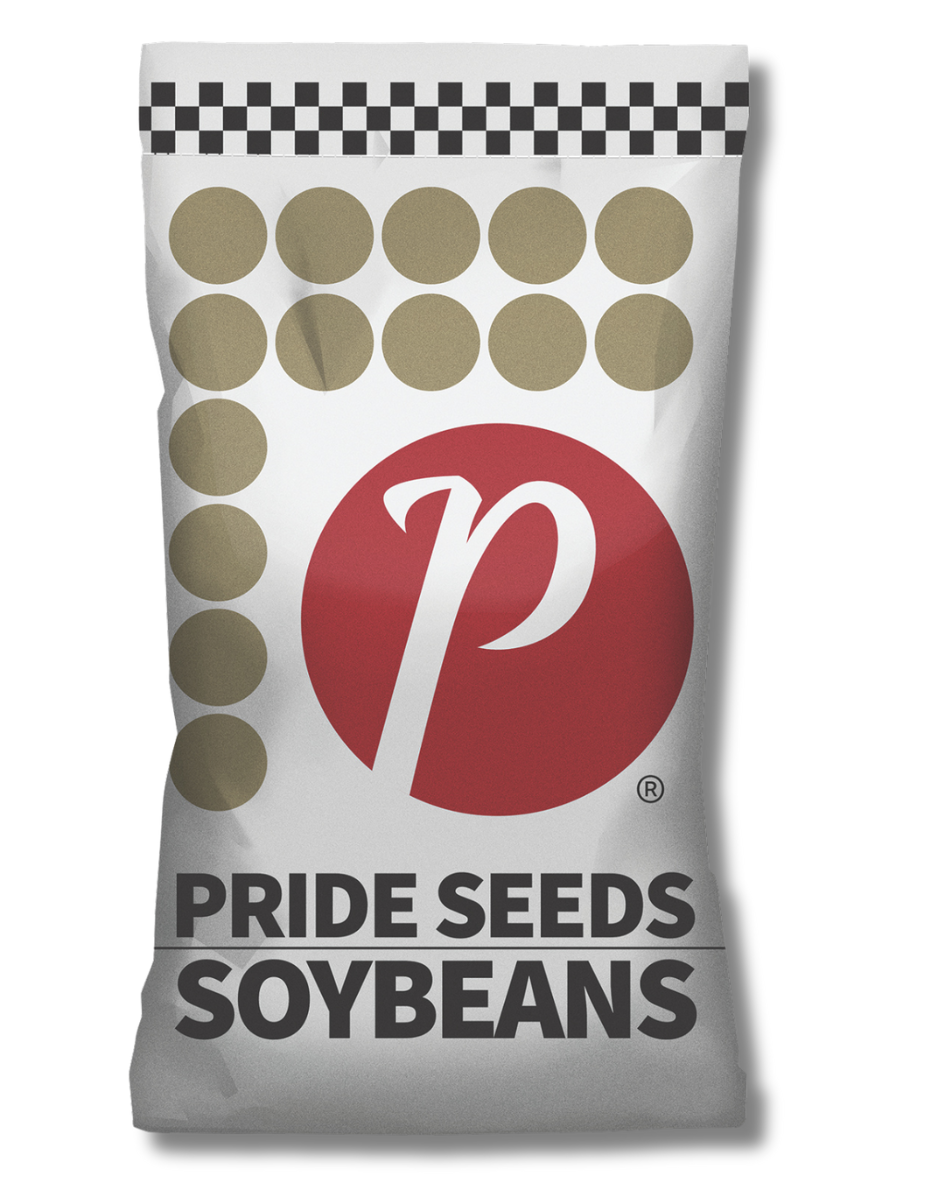





Leave a commentOrder by
Newest on top Oldest on top